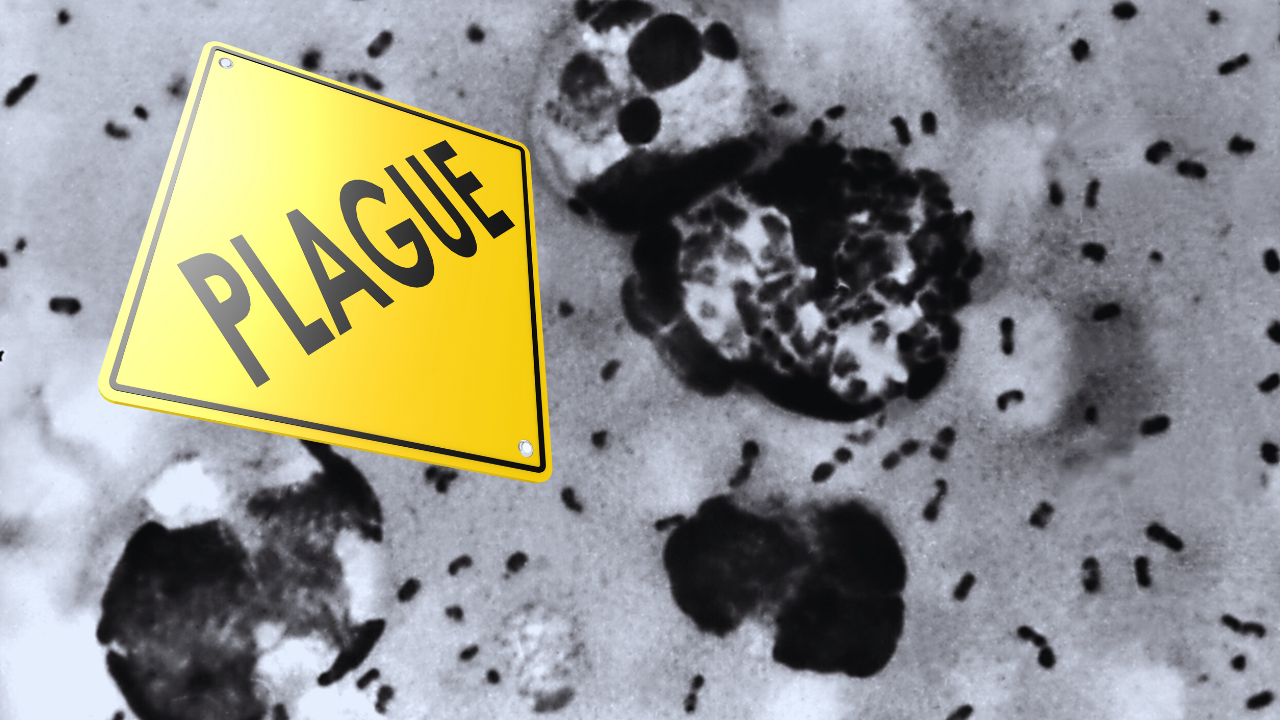1,500-Yr-Old Mystery Unearthed: DNA Study Reveals Cause of the Justinian Plague, World’s First Pandemic

Credits: Canva
SummaryA new DNA study uncovers Yersinia pestis as the cause of the Justinian Plague, the world’s first recorded pandemic. Excavations in Jerash reveal genetic proof of the bacterium, offering fresh insight into how ancient outbreaks shaped history and still influence disease today.
End of Article
